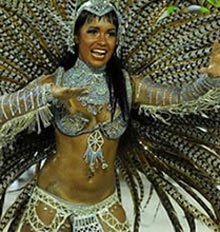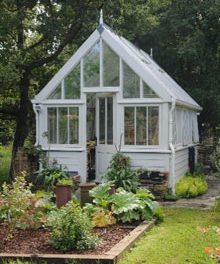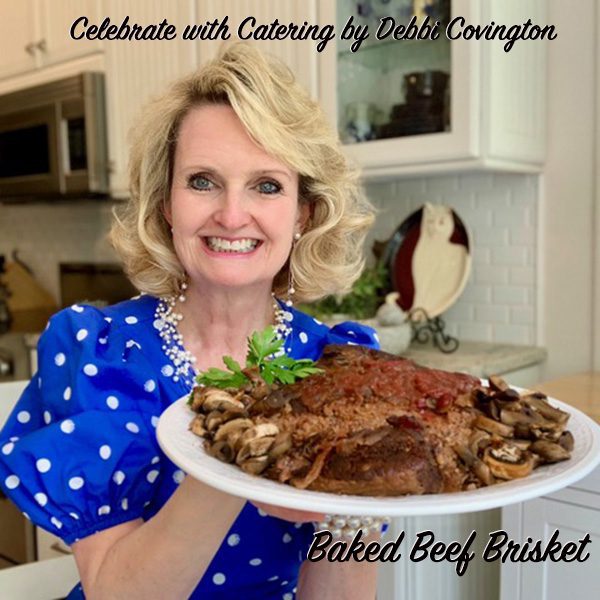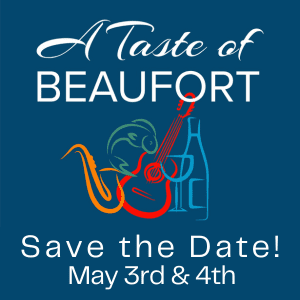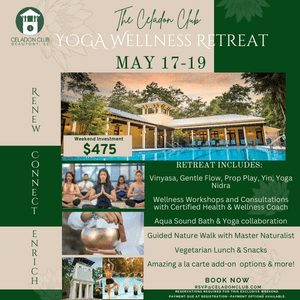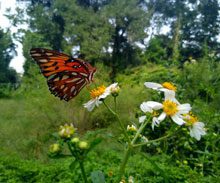 Who are the Pollinators? Insects, including bees, beetles, wasps, flies, moths, and butterflies are most commonly thought of as pollinators. Hummingbirds and bats are also important in pollination services. We should not underestimate their importance when 90% of the plant species on earth depend on pollination.
Who are the Pollinators? Insects, including bees, beetles, wasps, flies, moths, and butterflies are most commonly thought of as pollinators. Hummingbirds and bats are also important in pollination services. We should not underestimate their importance when 90% of the plant species on earth depend on pollination.
Nectar is food for adults. It gives energy for flight and mating. Flowers large and small are designed to attract pollinators who get a reward for their services. Both the plant and insect benefit from this arrangement. Nectar is a liquid sugar produced by flowers. Some flowers are flat; small or large insects can land and drink. Others have deep tubular flowers whose nectar can only be accessed by stronger flying insects and hummingbirds
Host plants provide food for caterpillars; keep in mind that insects have co-evolved for millennia with native plants. Plants don’t want to be eaten and have all kinds of nasty compounds in the leaves that discourage herbivores (animals that eat plants). Many insects are host plant specific, and they lay their eggs only on plants that can be eaten by their larvae. Milkweed is one example, because monarch larvae only eat milkweed leaves. The adults do feed on nectar of milkweeds but can also get energy from other floral sources.
The list of host plants is extensive. Depending on what kind of butterfly, moth, bee, wasp, beetle, or fly you are trying to attract there is a native vine, shrub, tree, or perennial that you need to grow. Favorite woody plants for butterflies and moths are native oaks, cherry, willow, crabapple, blueberry, maple, pine and hickory. Any wooded lot in South Carolina has many of these. Unfortunately, with development these trees may have been cut down and replaced with non-native species. Research has shown that Carolina Chickadees need to have at least 70% native plant species to successfully fledge their young. Birds need soft bodied insects or caterpillars to feed their babies. Caterpillars need native host plants to grow into adults or become bird food. Herbaceous host plant families include Daisy -sunflower, goldenrod, aster, and liatris, carrot (parsley, dill), milkweed, citrus, mint, grass, and laurel.
Pollen contains fats and proteins, and it is routinely fed to newly hatched insect larvae of beetles and bees. Native bees collect the pollen on their bodies, mix it with saliva, form pollen balls, and lays her eggs either on or next to them. When the eggs hatch food is waiting. Honeybees have saddle bags that they collect pollen and then bring it back to the hive to be processed into bee bread.
When most people think of a pollinator garden they are focused solely on butterflies. There are far more less spectacular but also colorful species of moths and other small insects that are important and efficient pollinators. For vegetable and fruit crop pollination honeybees are good at it and get a lot of attention. They are charismatic and social. They have been studied and respected for their industrious ways and products that they make. Honeybees are not native to North America but were brought intentionally by colonists (as were chickens, pigs, and cows) for their wax and honey. Native bees, while not social, are also important pollinators for vegetable and fruit crops. Bumble bees and mason bees are prized by gardeners, and we even make houses for them.
Pollinators need food – nectar and pollen, water, host plants, and places to shelter. Provide diverse groups of native plants, introduce some non-invasive introduced plants, include small flowers, hollow stems, and limit the use of pesticides. As the fall weather delights us with cooler temperatures the fields and roadsides are aglow with color and beauty of the autumn golds, yellows, and purples and the mating dances of pollinators that keep it all going.


